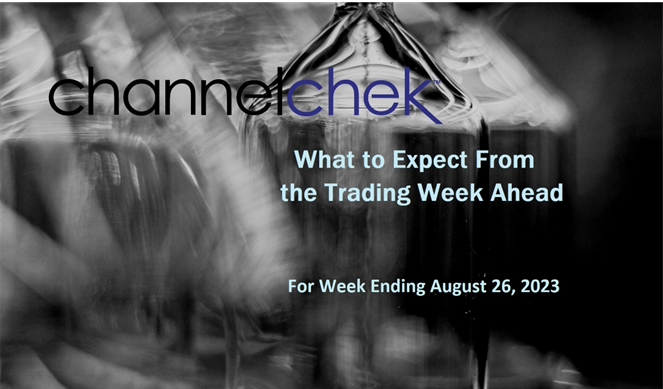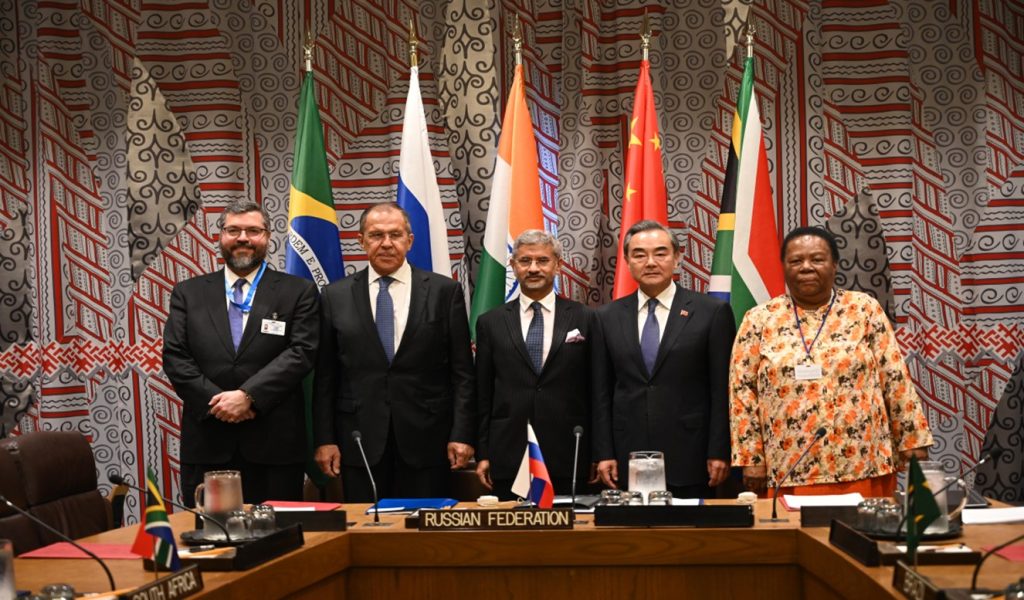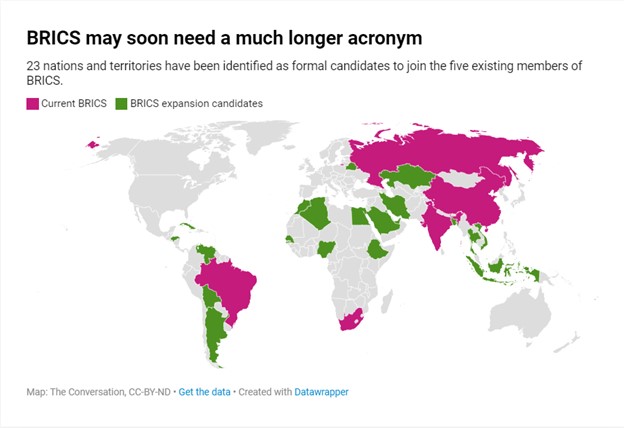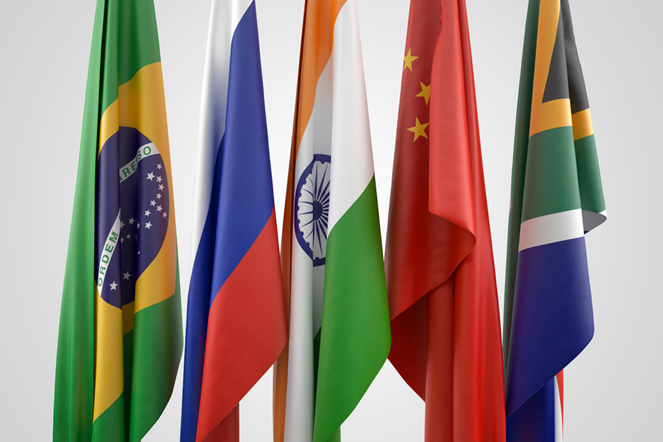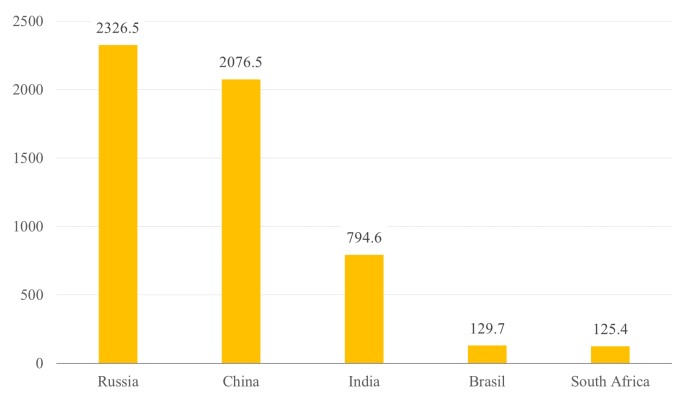President Trump dramatically escalated his global trade offensive Monday, announcing 25% tariffs on imports from Japan and South Korea while threatening even higher duties on nations aligning with BRICS policies he deems “anti-American.” The move marks a significant expansion of the administration’s protectionist agenda beyond traditional targets like China.
The President posted formal notification letters to both Asian allies on social media, declaring the tariffs would take effect August 1. The announcement caught markets and diplomatic circles off guard, as both Japan and South Korea have been key U.S. allies for decades and major trading partners in critical technology sectors.
Trump’s tariff strategy appears designed to leverage economic pressure for broader geopolitical objectives. In his letter to Japanese Prime Minister, Trump offered a clear carrot-and-stick approach: “There will be no Tariff if Japan, or companies within your Country, decide to build or manufacture product within the United States.”
The administration promises expedited approvals for companies willing to relocate manufacturing operations to American soil, potentially completing the process “in a matter of weeks” rather than the typical months or years required for major industrial projects.
This represents a significant shift from traditional trade diplomacy, using tariff threats as direct incentives for foreign investment and manufacturing relocation. The approach mirrors tactics used successfully with several other trading partners, where the threat of punitive duties has led to increased American manufacturing commitments.
Perhaps most concerning for global trade stability, Trump explicitly warned both countries that any retaliatory tariffs would be met with equivalent increases in U.S. duties. This tit-for-tat escalation mechanism could quickly spiral into a destructive trade war with America’s closest Pacific allies.
The President cited “long-term, and very persistent” trade deficits as justification for restructuring these relationships. Japan previously faced 24% tariffs in April before a temporary pause, while South Korea had been subject to 25% rates, suggesting the administration views these levels as baseline positions rather than maximum penalties.
The tariff announcements represent just the latest moves in Trump’s comprehensive trade realignment strategy. The administration has been systematically addressing trade relationships across multiple continents, with varying degrees of success and diplomatic tension.
Recent developments elsewhere show the mixed results of this approach. China has seen some easing of tensions, with the U.S. relaxing export restrictions on chip design software and ethane following framework agreements toward a broader trade deal. Vietnam reached accommodation with a 20% tariff rate—substantially lower than the 46% originally threatened—though facing 40% duties on transshipped goods.
The European Union has signaled willingness to accept 10% universal tariffs while seeking sector-specific exemptions, indicating established trading blocs are adapting to the new reality rather than engaging in prolonged resistance.
The targeting of Japan and South Korea creates particular challenges given their roles as critical technology suppliers and security partners. Both nations are integral to global semiconductor supply chains, with South Korean companies like Samsung and SK Hynix playing essential roles in memory chip production, while Japanese firms dominate specialized manufacturing equipment and materials.
The timing appears strategic, occurring as the administration faces domestic pressure to demonstrate progress on trade deficit reduction while maintaining leverage in ongoing negotiations with other partners. The threat of duties reaching as high as 70% on some goods creates enormous uncertainty for businesses planning international supply chain strategies.
Canada’s recent decision to scrap its digital services tax affecting U.S. technology companies demonstrates how the tariff threat environment is reshaping international policy decisions. The White House indicated trade talks with Canada have resumed, targeting a mid-July agreement deadline.
This pattern suggests the administration’s approach of combining immediate tariff threats with longer-term negotiation windows may be yielding results in some cases, even as it strains traditional alliance relationships.
As more notification letters are expected today, global markets are bracing for additional announcements that could further reshape international trade relationships and supply chain strategies worldwide.

